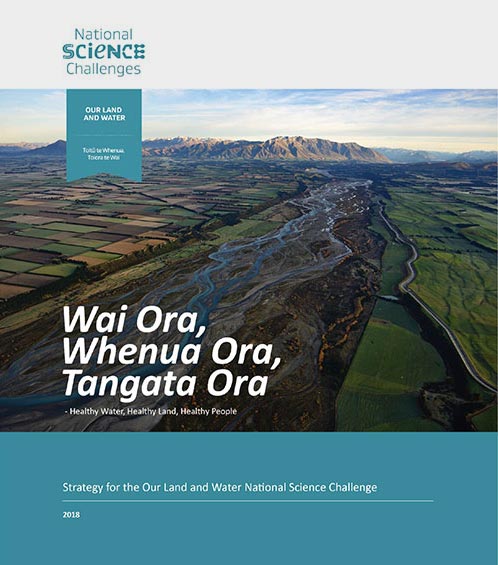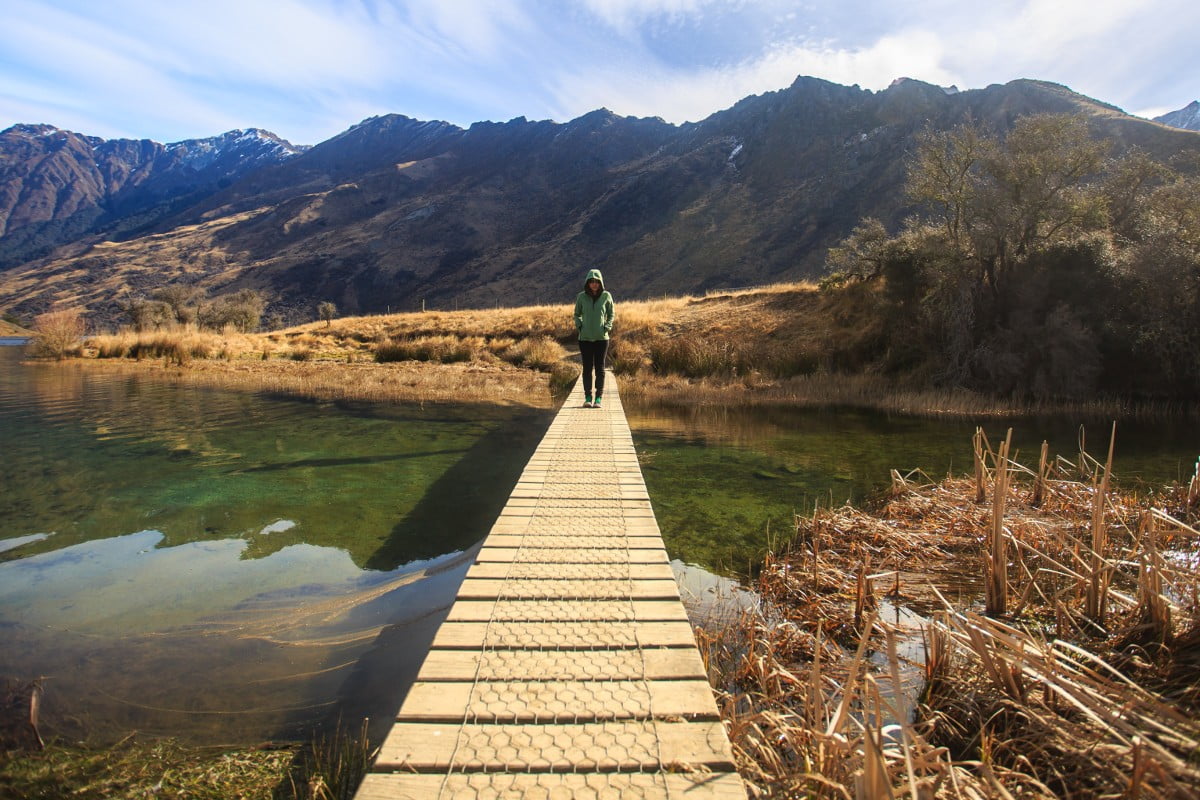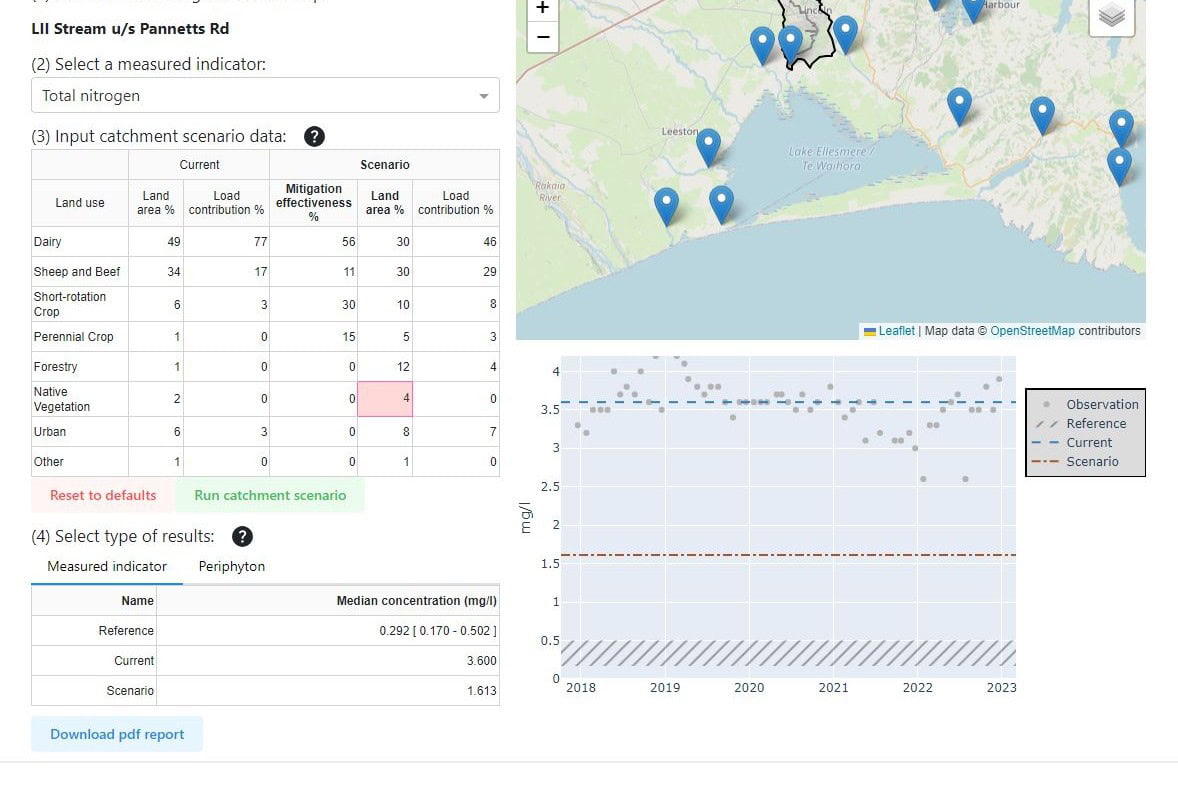August 30, 2024
Use one, some or all the filters below to explore our resources, tools & research.
Know what you are looking for? Type below
Or, use our filtered search by selecting as little or as much as you like.
Showing 1 - 9 of 995 results
Our Land and Water National Science Challenge Lifetime Narrative
The Our Land and Water (Toitū te Whenua, Toiora te Wai) National Science Challenge (OLW) has worked towards an agri-food and -fibre system that enhances…
Pohewa Pae Tawhiti (Visualising Horizons): a Māori holistic approach to the co-design of land-use systems
Exploring alternative land-uses, particularly alternatives to traditional productivist systems, is a key part of the transition towards sustainable future agricultural systems. However, decision-making around agricultural…
Let Nature be your teacher: Caring for agricultural landscapes through a sense of place
While the global agri-food system has fed a rapidly growing global population, industrialisation of agriculture is contributing to negative ecological and social outcomes. Strengthening humanity’s…
Land use pressure, soil quality and links with land value
Pressures associated with agricultural land intensification can be a precursor to changes in soil quality measurements. These pressures include more intensive land use, nutrient application,…
 View Our Strategy Document 2019 – 2024
View Our Strategy Document 2019 – 2024


